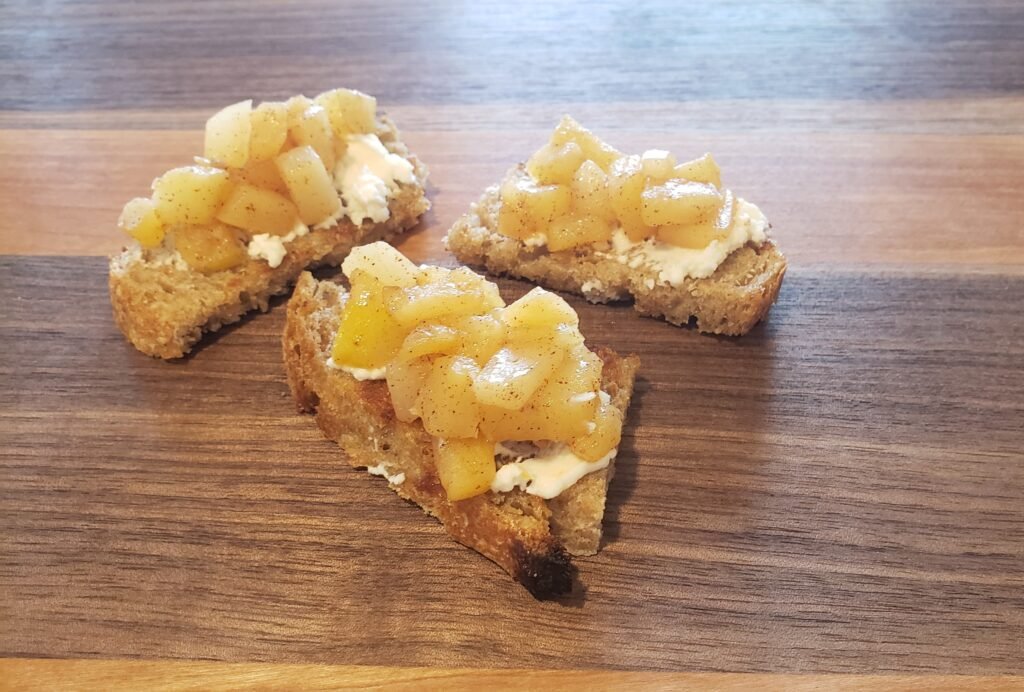(If you use one of these affiliate links, we may receive a small commission, at no cost to you.)
Farmer’s Market Panzanella Salad


Farmer’s Market Panzanella Salad
- Total Time: 15 minutes
- Yield: 8 Servings 1x
Description
Fresh, flavorful and full of nutrients this salad is always a crowd-pleaser. Add your favorite vegetables to make it your own!
Ingredients
Salad
- 1 pt Cherry Tomatoes, sliced in half lengthwise
- 1 Red Bell Pepper, diced into 1-inch pieces
- 1 Yellow or Orange Bell Pepper, diced into 1-inch pieces
- 1 Large Cucumber, peeled, seeded and diced into 1-inch pieces
- 1/2 Red Onion, sliced thinly
- 10 Basil Leaves, torn
- 1 Ear of Corn, kernels removed
- 1/2 Loaf of Sourdough Bread
- 1 tsp Minced Garlic
- 1/2 tsp Dijon Mustard
- 3 tbsp Red Wine Vinegar
- 1/2 cup Olive Oil
- 1/2 tsp Kosher Salt
- 1/4 tsp Ground Black Pepper
- 1 tsp Honey
Instructions
- Combine all vinaigrette ingredients into a mason jar or medium mixing bowl and whisk all the ingredients together. Set aside.
- Slice bread into 1-inch cubes.
- Heat large sauté pan over medium heat. Add 4 tablespoons olive oil to pan. Add bread cubes to pan and cook until golden brown, tossing occasionally. Remove from heat and allow to cool.
- In a separate bowl add the tomatoes, bell peppers, red onion, basil, and corn. Add the bread cubes to the mixture.
- Stir in half of the vinaigrette and mix together. Taste the salad and add more vinaigrette as needed. Enjoy!
Notes
*Make this salad your own! Use your favorite vegetables, add feta, fresh mozzarella, whatever you like!
- Prep Time: 15
- Category: Mediterranean, Dinner, Salad, Appetizer, Side, Black Forest Farmer’s Market
Nutrition
- Serving Size: 1
- Calories: 230
- Sugar: 4g
- Sodium: 480mg
- Fat: 14g
- Carbohydrates: 23g
- Fiber: 1g
- Protein: 4g
- Cholesterol: 0mg






